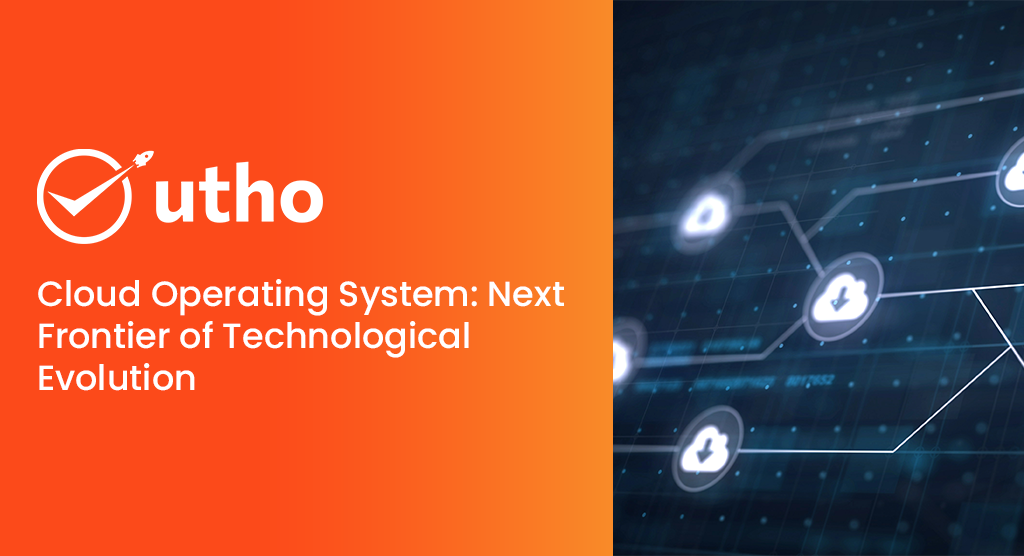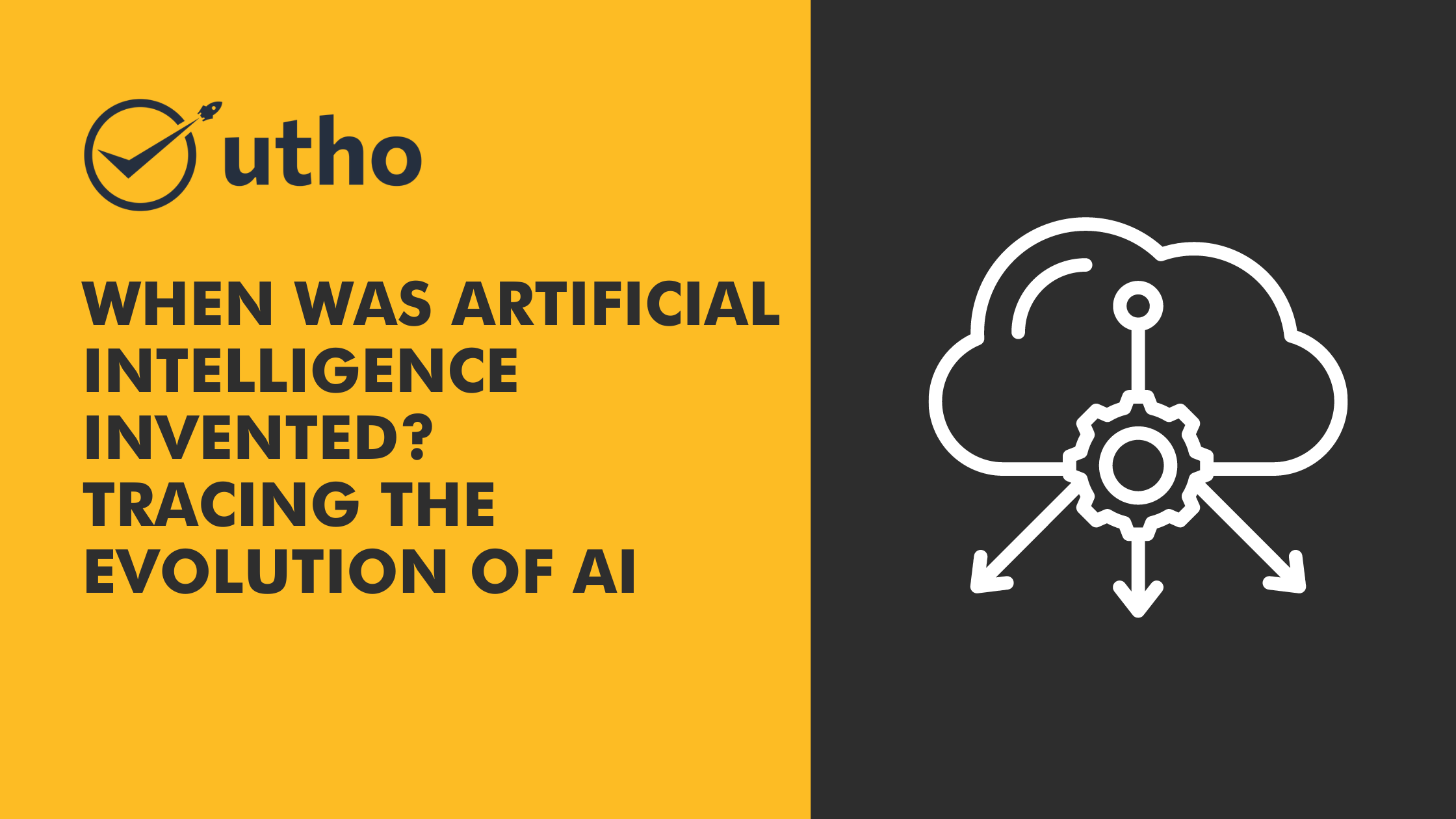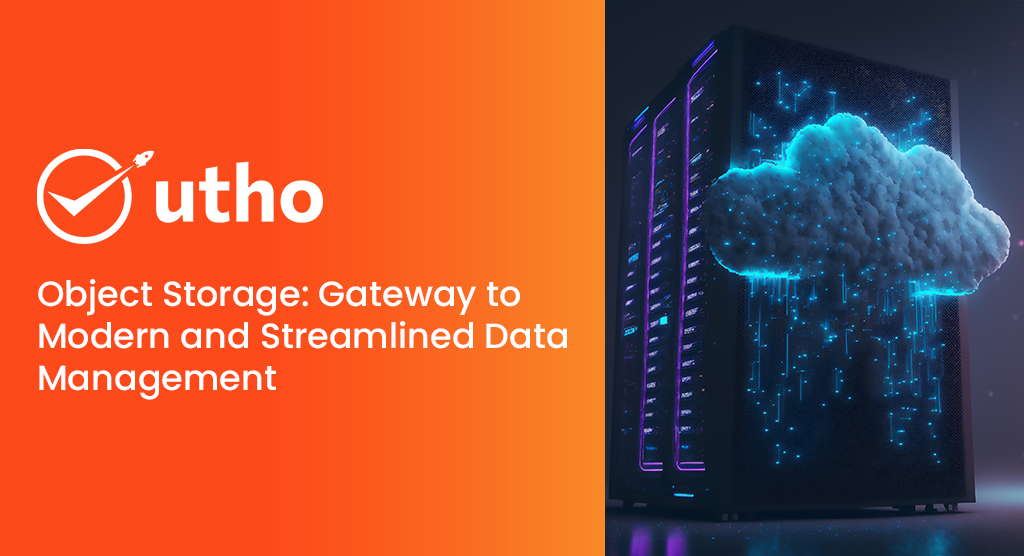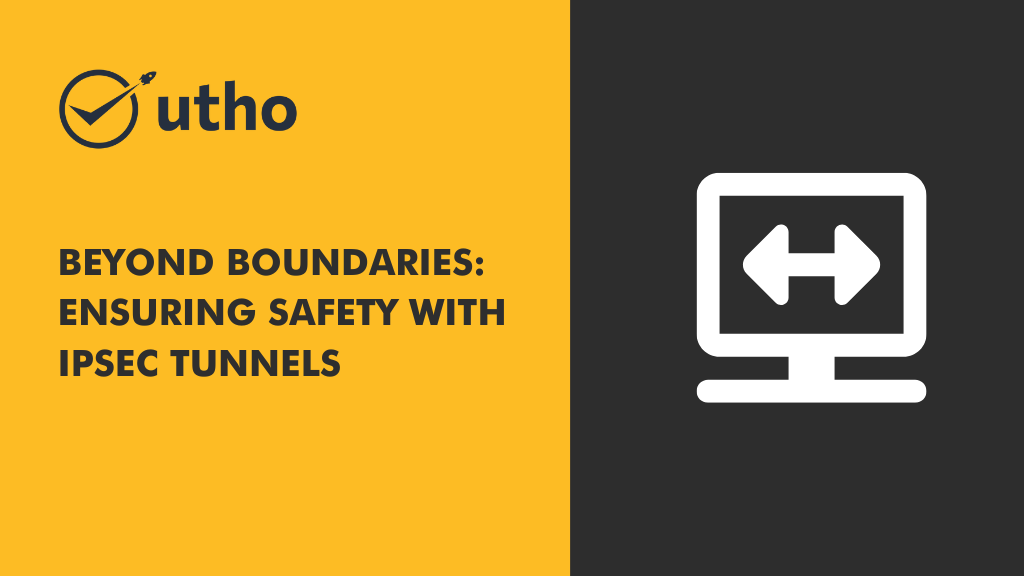Operating system designed to store and analyze data for web-based applications, offering access to the server's hardware and software. It is programmed to execute and manage programs for evaluating user reactions. Cloud operating system tailored for running virtual servers, this platform allows users to explore pre-installed applications and their features online.
What exactly is meant by a Cloud OS?
A cloud operating system is specifically crafted for functionality within cloud computing and virtualization settings. It oversees the operation, execution, and processes of virtual machines, servers, and infrastructure. Additionally, it efficiently manages the underlying hardware and software resources on the backend.
How does the cloud operating system function in a cloud environment?
Unlike traditional operating systems that rely on a computer's hard drive, a Cloud OS, also known as a Web OS, operates from a remote server. On the computer itself, there's essentially just an interface, comparable to a basic web browser. All data is stored on the remote server, reducing the need for substantial RAM and a large hard disk to run various applications seamlessly. In essence, your Cloud OS only requires a functional interface, and your tasks are accomplished through a browser, offering a transformative experience for on-the-go productivity.
What are the benefits and challenges of cloud OS?
Cloud-based operating systems offer a key advantage by simplifying device management, reducing costs, and eliminating concerns about OS installation and maintenance. Compatibility, performance, and security worries are alleviated as the OS and applications run on a server maintained by professional service providers. This approach enhances mobility and productivity, enabling access to the OS and applications from any device, anytime, anywhere. Seamless data syncing and online collaboration further amplify the benefits of cloud-based operating systems.
While cloud-based operating systems offer advantages, they come with challenges. Dependency on internet connection and server availability poses a risk – loss of connection or server downtime may hinder OS and application access. Control and privacy concerns arise as data and settings are stored on external servers, subject to different policies. Additionally, customization and flexibility may be limited, dictated by the service provider.
What are the ways to utilize cloud operating systems?
Whether for personal or professional use—such as web browsing, email, document work, or media streaming—education, entertainment, or specific tasks like software testing, simulations, or data analysis, these systems offer versatility. You can select the one that aligns with your goals, easily switching between them as needed.
What are the initial steps to dive into cloud OS?
For those eager to explore cloud-based operating systems, several options await. Invest in a device with a pre-loaded system. Alternatively, install a cloud-based OS on your current device using a bootable USB drive or virtual machine. Accessing through a web browser is also an option using services or apps. For the adventurous, consider creating a personalized cloud-based OS using platforms like Utho.




